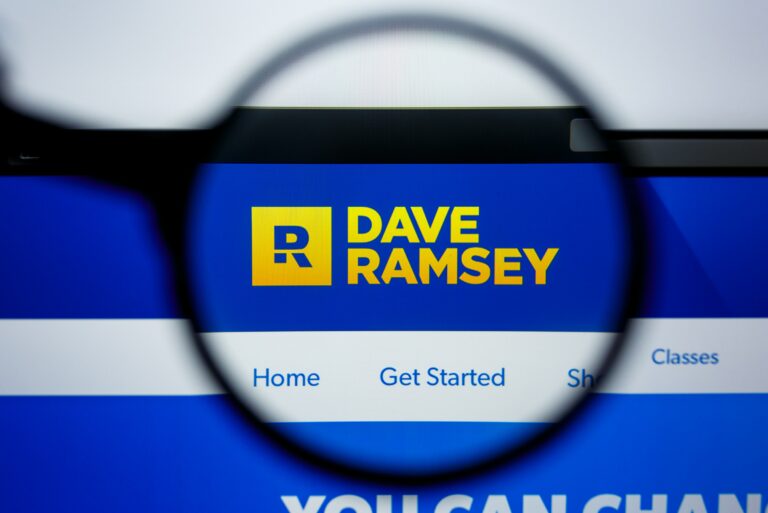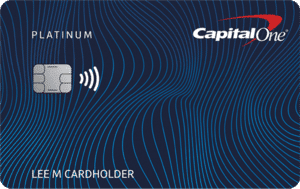Get Out of Debt
12 articles
Those experiencing chronic debt problems often share similar behaviors and financial habits. But if you catch them early, you can avoid trouble. And even if you’re already in the red, recognizing and adjusting these bad money habits can help you get back on track.
“Should I invest or pay off debts first?” It’s a question that challenges the masses. For most people, the answer is a mix of aggressively paying off high-interest debt, making minimum payments on other debts, then reallocating the funds to tap into the market. Find out how to do it here.
Financial guru Dave Ramsey’s “Baby Steps” are the perfect formula for the average person who isn’t terribly interested in personal finance. But they’re not one-size-fits all. Here’s what they recommend, how to tell if they’re right for you, and some alternatives to consider.
Overwhelming student loan debt is a serious financial drag. One little-discussed strategy is appropriate for millions of private student loan borrowers with good credit: a low-interest credit card balance transfer. Learn how to use low-interest credit cards to reduce or eliminate your student debt.
The Capital One Platinum Secured Credit Card is a no-frills, no-annual-fee credit card designed for consumers who wish to build their credit. It’s a secured credit card that requires a modest upfront deposit (at least $49), carries a fairly high regular APR, and comes with a low initial credit limit. However, when used responsibly, the Platinum Secured
Marcus by Goldman Sachs® is a fixed-rate, no-fee, unsecured personal loan provider positioned as a straightforward and potentially lower-cost alternative to credit cards. Its biggest selling point bears repeating: Loans from Marcus by Goldman Sachs® never carry fees, ever. You can borrow up to $40,000 in a single loan from Marcus by Goldman Sachs®, much higher than credit
Debt is a common fact of life in America today. According to a 2015 report from the Pew Charitable Trusts, roughly eight out of ten Americans have debts, with an average of $67,900 per person. The report also found that Americans feel conflicted about their debt. Nearly 70% of respondents said they would rather not
When it comes to consumer debt, everyone has an opinion. Some people avoid debt at all costs, even if it means never buying a house, while others view debt as a necessary evil – a way to enjoy a certain quality of life. Most Americans fall into the latter category, and all too often, debt
Everyone knows that credit card debt is “bad” debt due to the high interest rates on most consumer credit cards, while mortgage debt is often described as “good” debt. But sometimes the distinction between “good” and “bad” debt isn’t so clear-cut. In fact, because of this generalization, some people make the decision to refinance their
Student loans and mortgage debt are often considered to be “good debt,” as they are forms of debt you take on in order to purchase something that should increase your net worth. “Bad debt,” on the other hand, includes credit card debt, auto loans, and other consumer debt incurred to make purchases that depreciate in
Many financial experts report that the average household carries at least $10,000 in credit card debt. In addition to this debt, many people take out upside down car loans and overextend themselves on home purchases. While debt is generally an unfortunate part of life, if you decide to buy a house or car, it shouldn’t be
How strong is your desire to get out of debt? What are you willing to give up, sell, or live without in order to meet that dream head on? Would you be inclined to sell your beloved car in order to bring your balance sheet back into the black? In many cases, selling your car
Trending stories
Explore Borrow Money
You’re borrowing it. Do it wisely.










